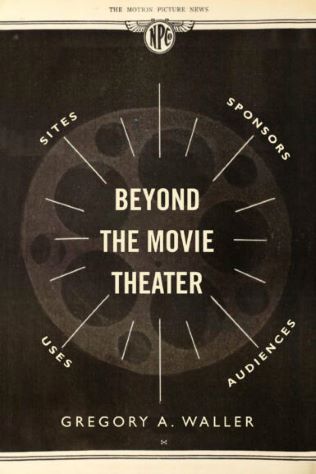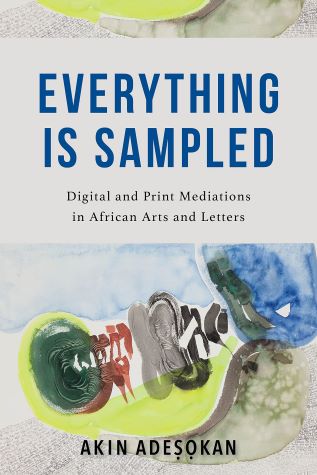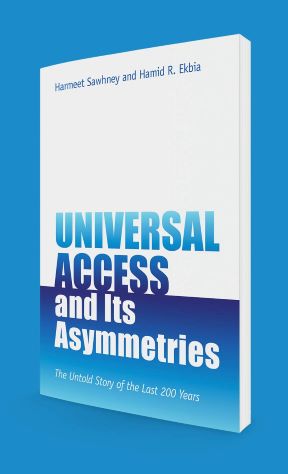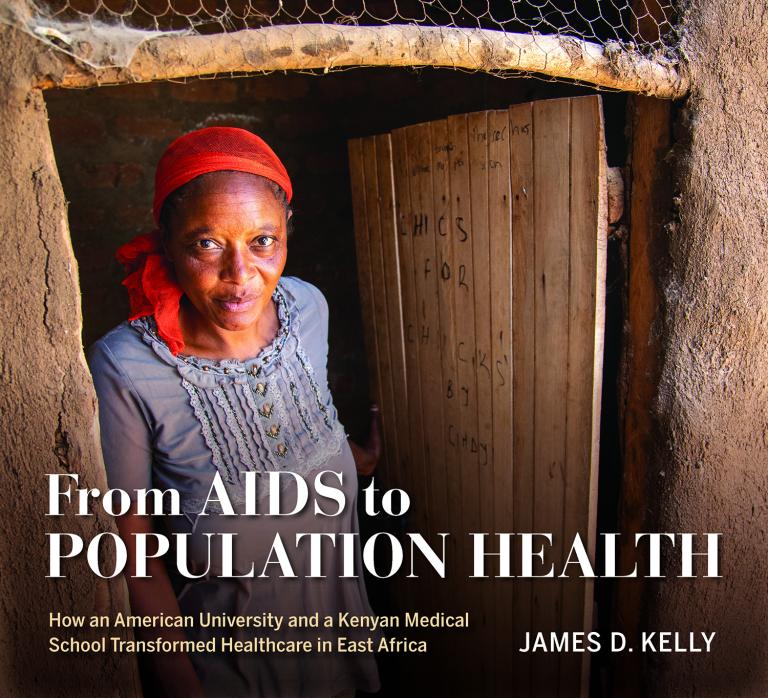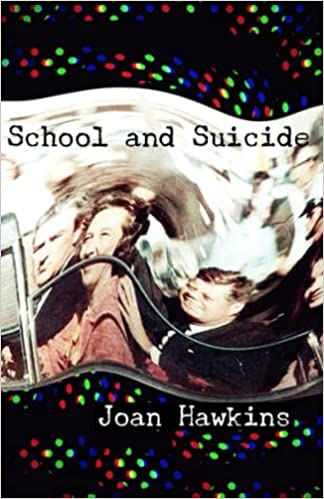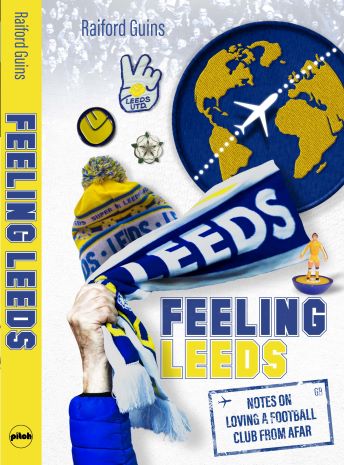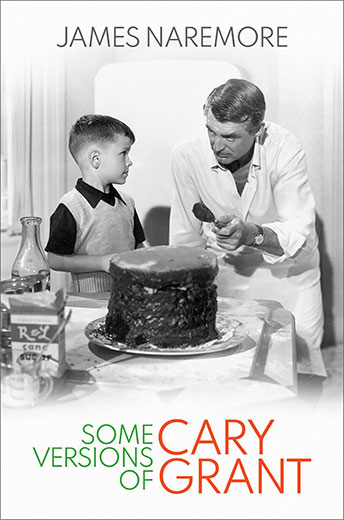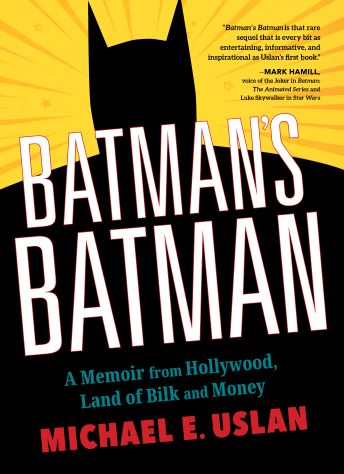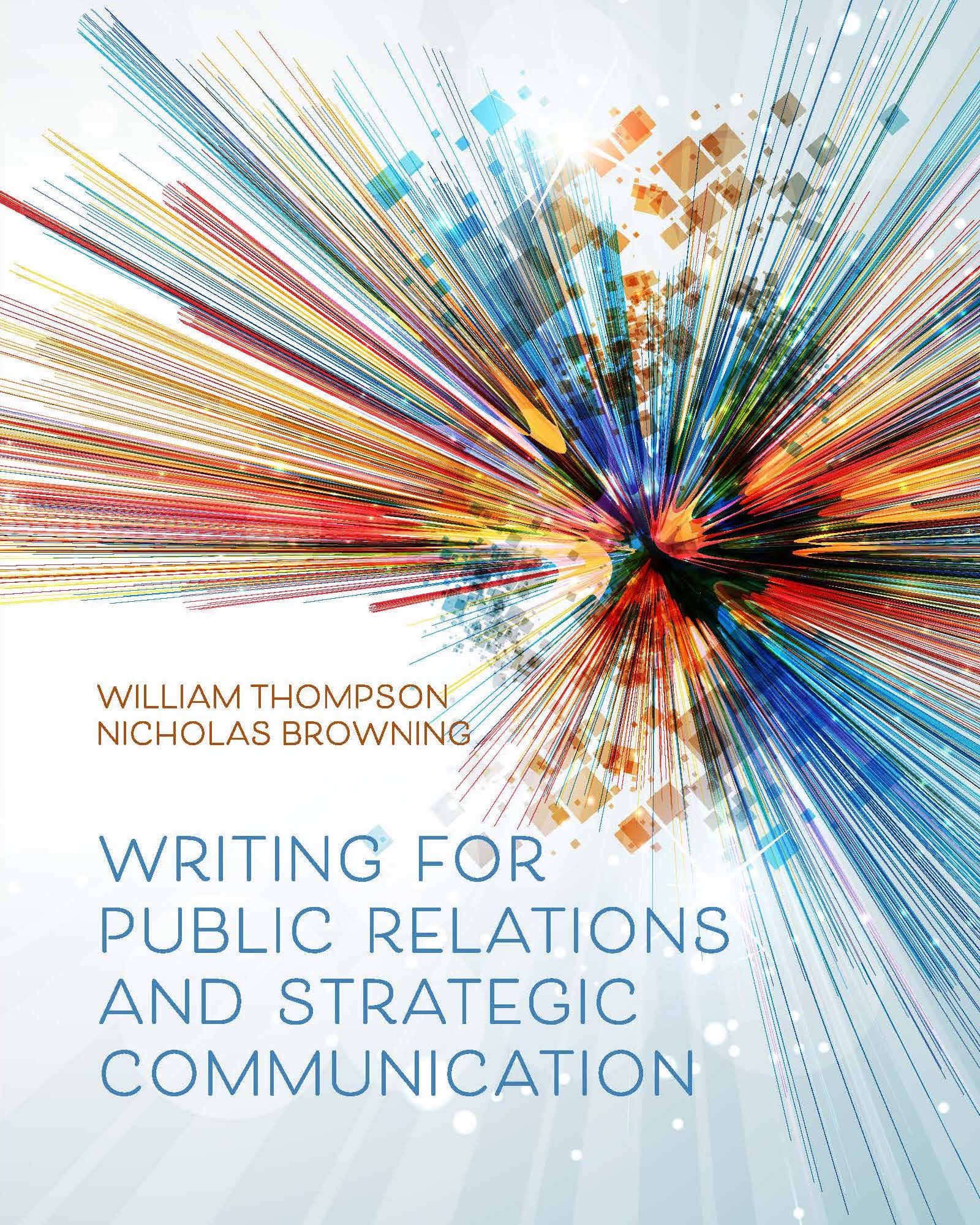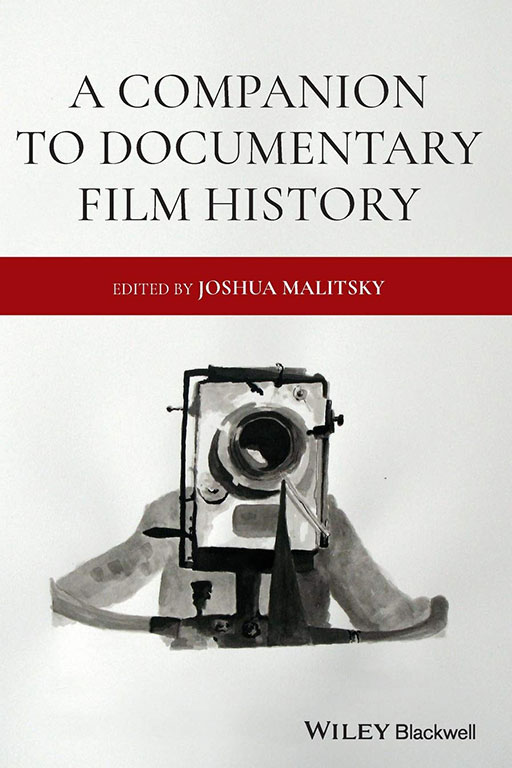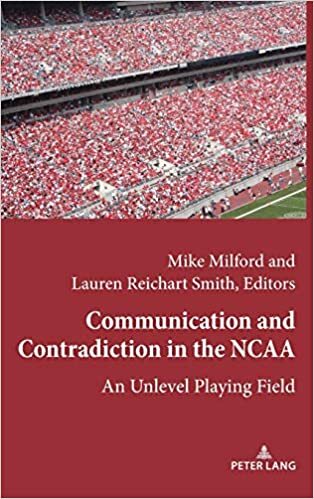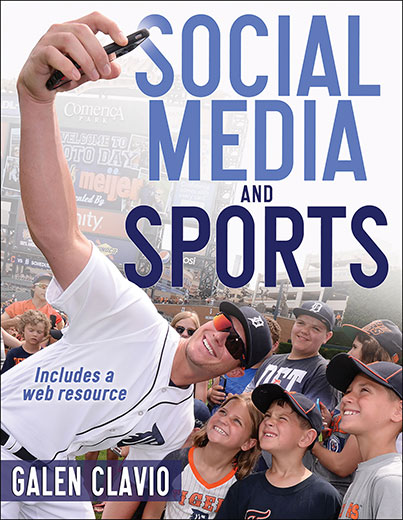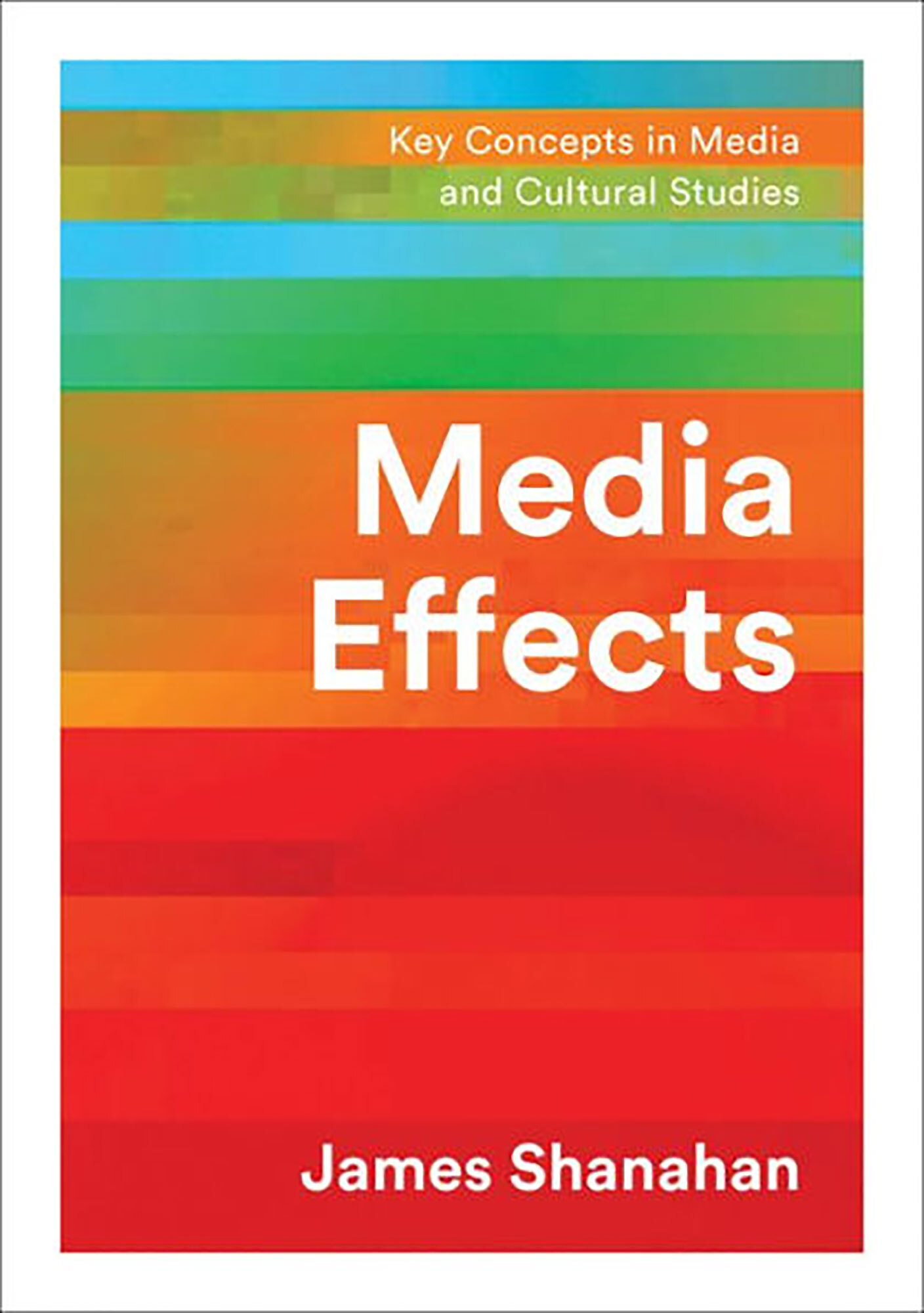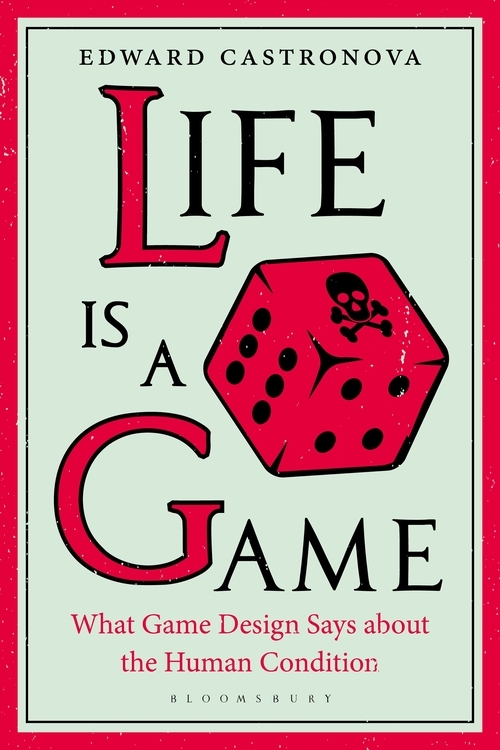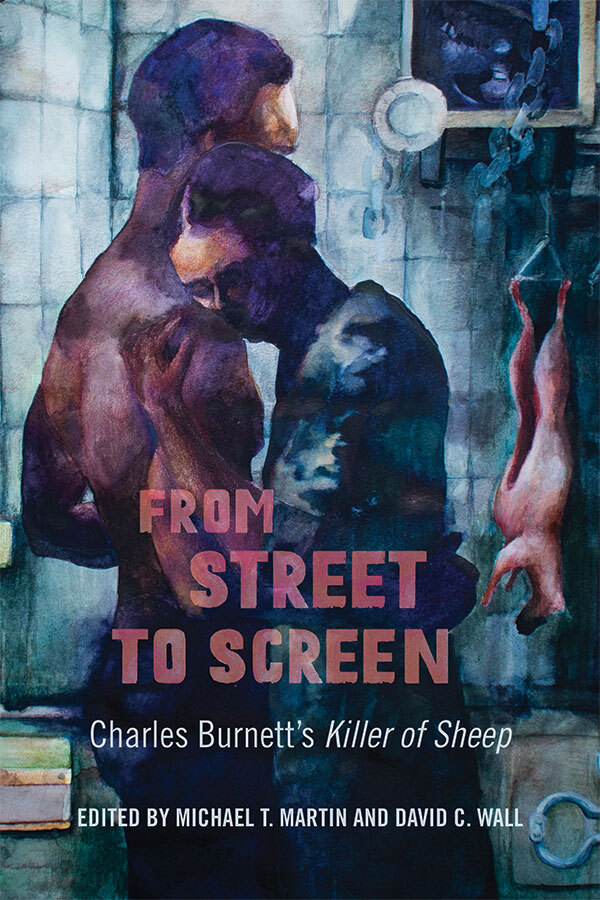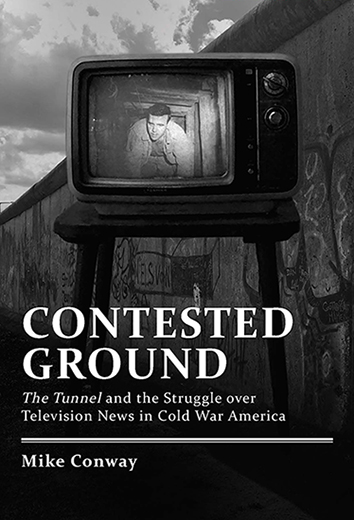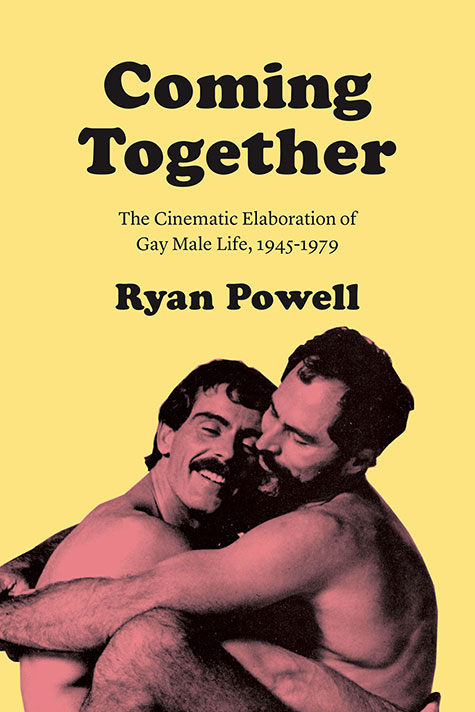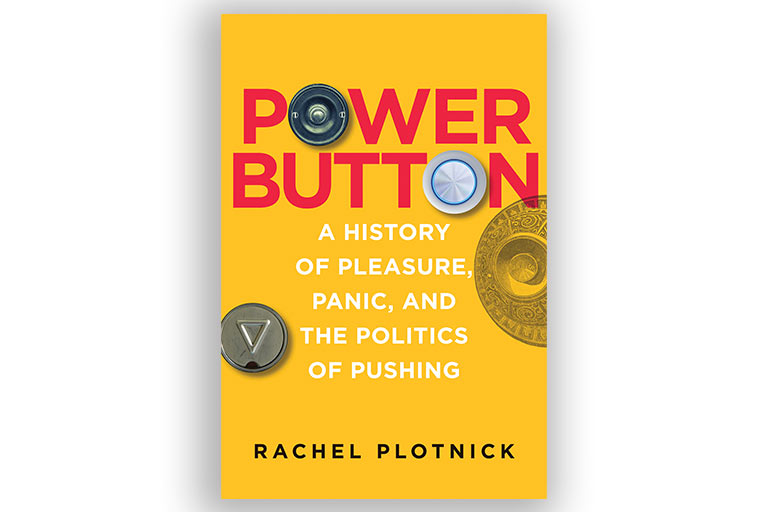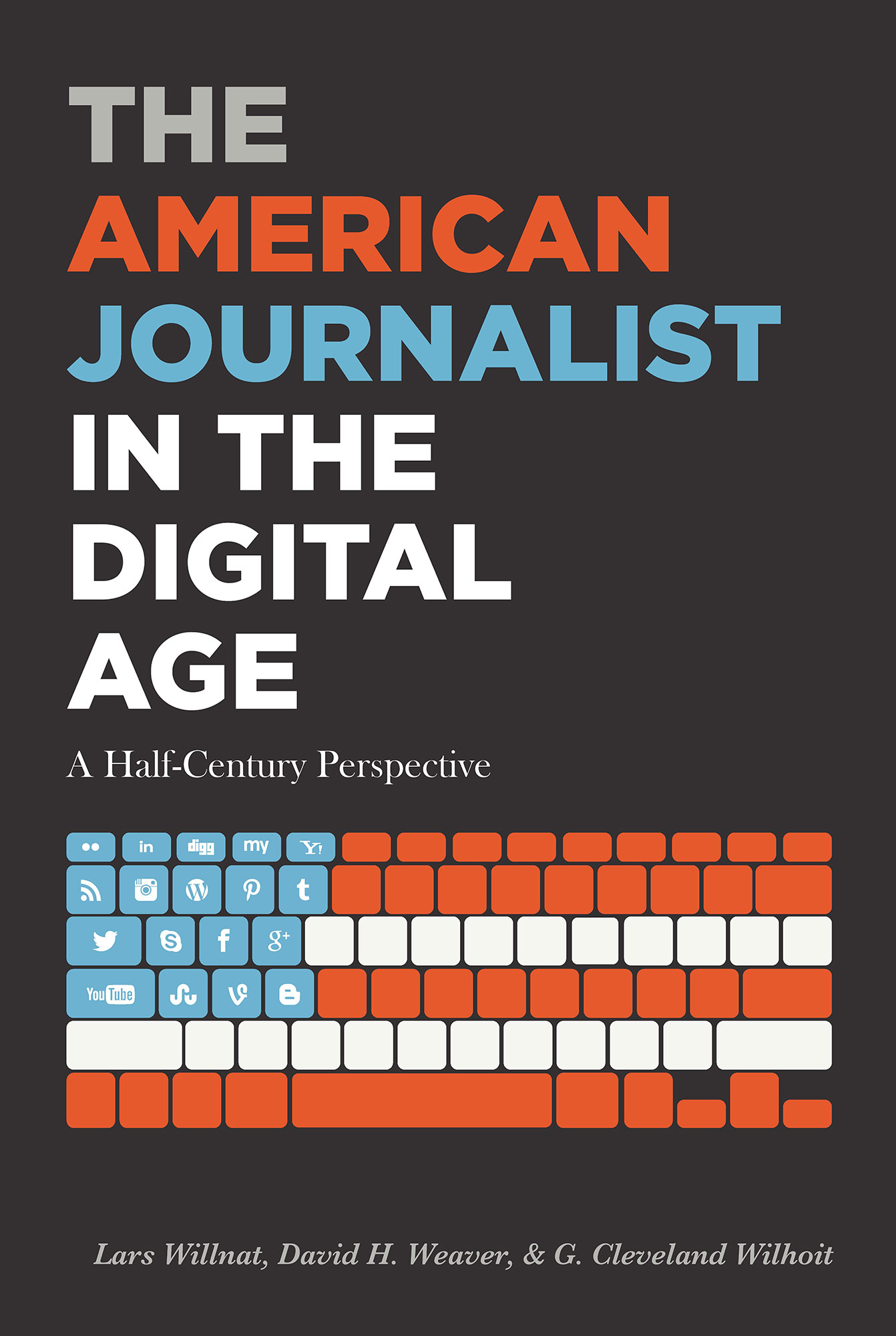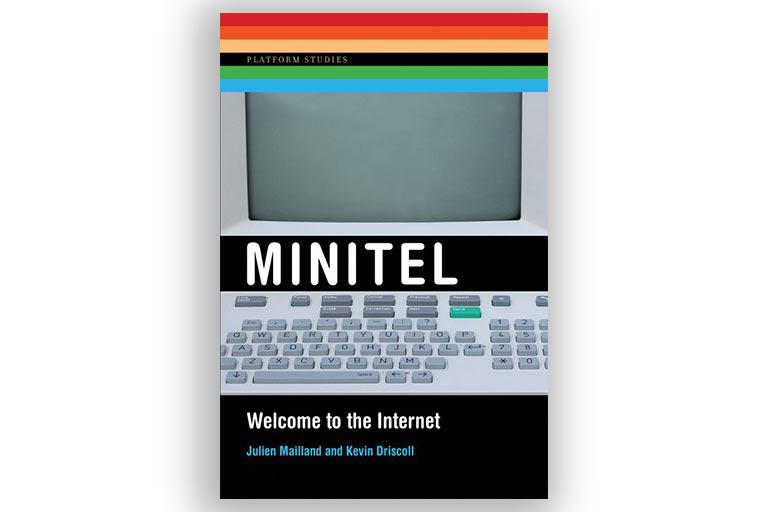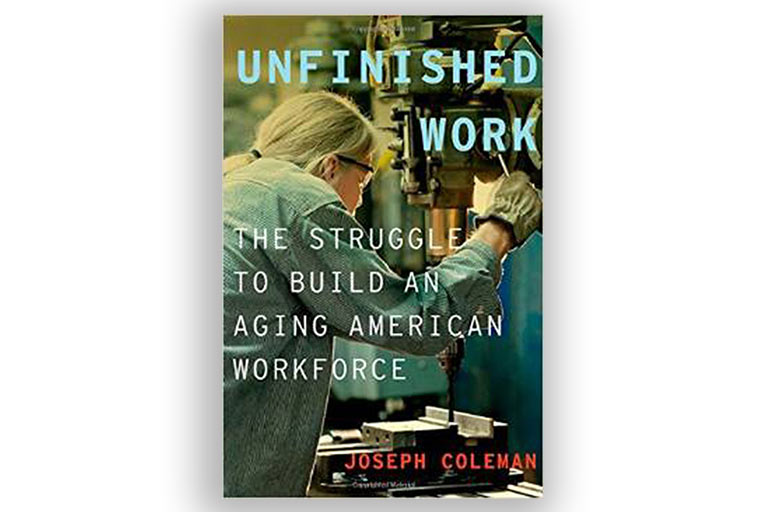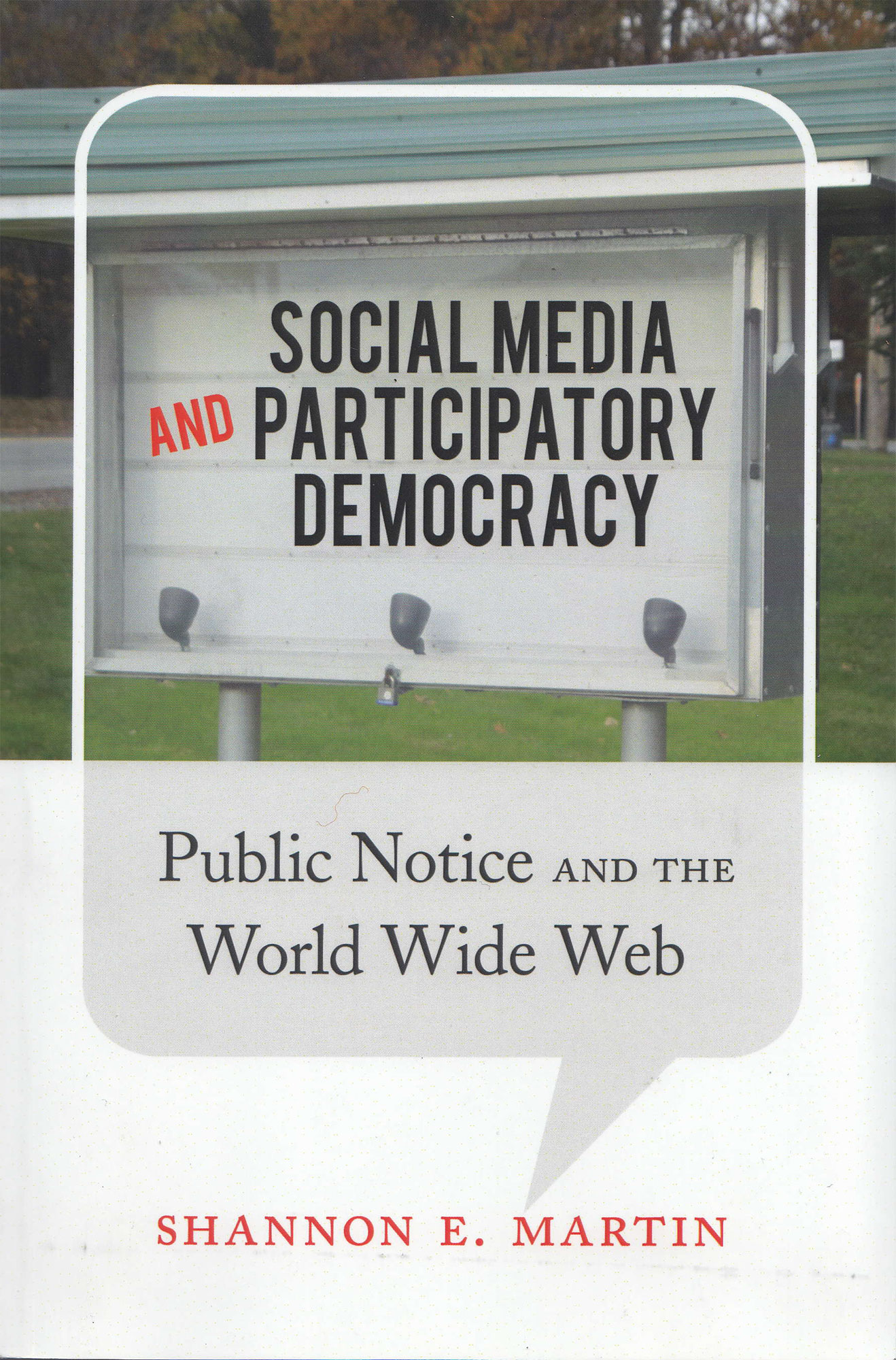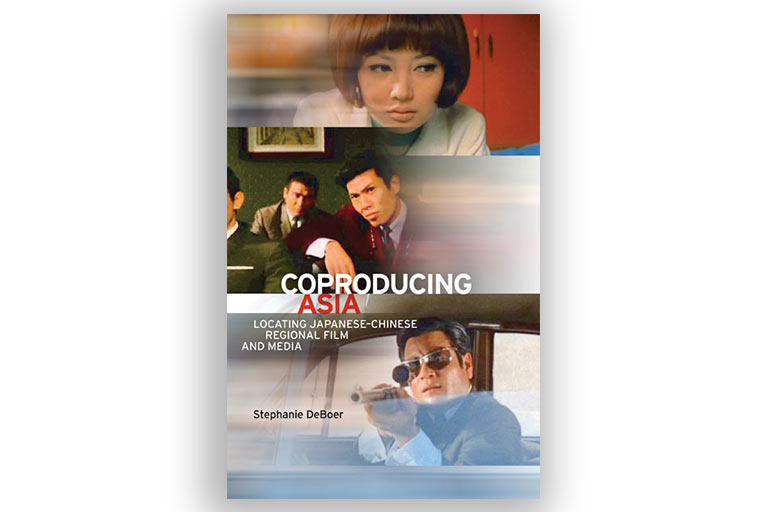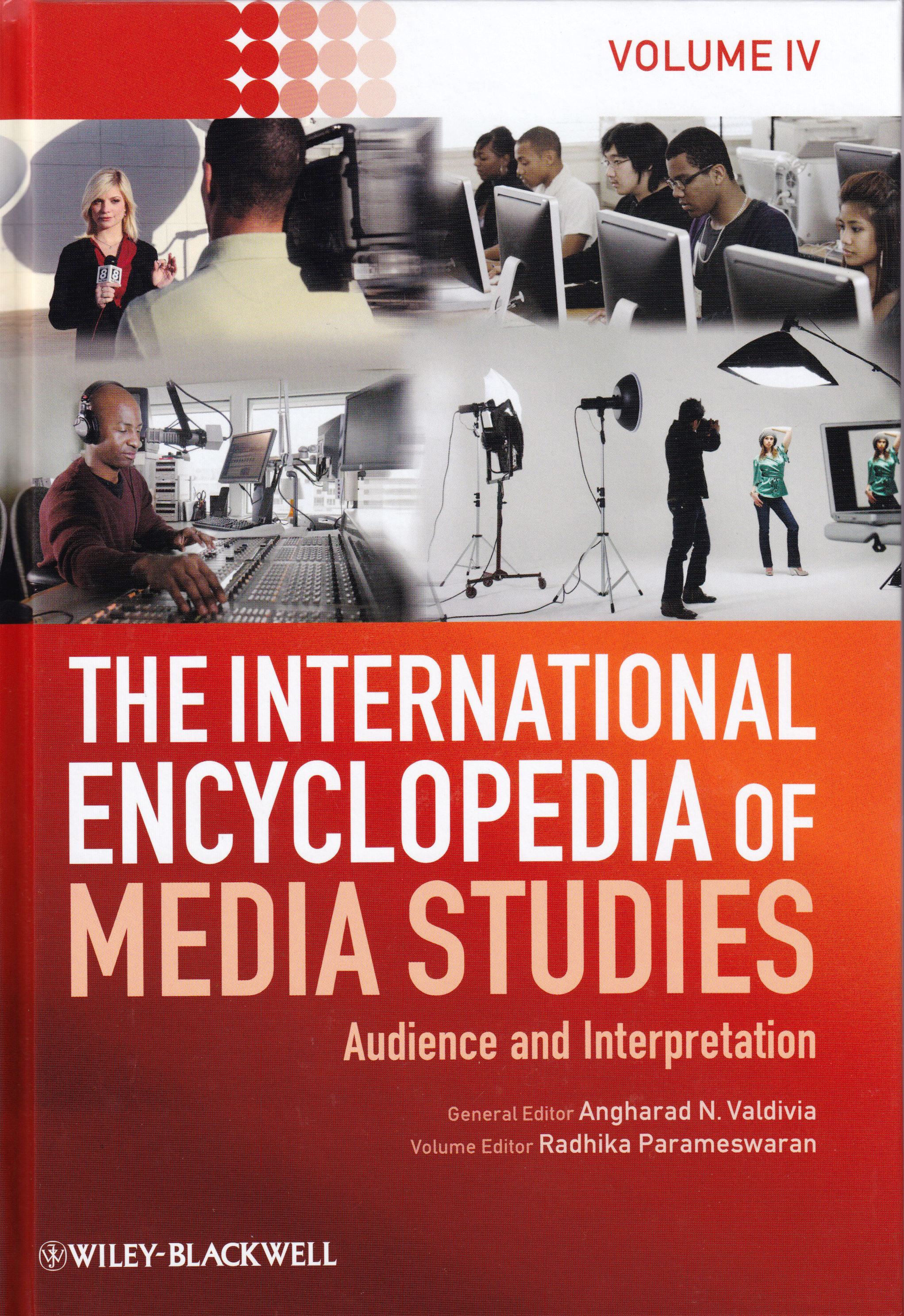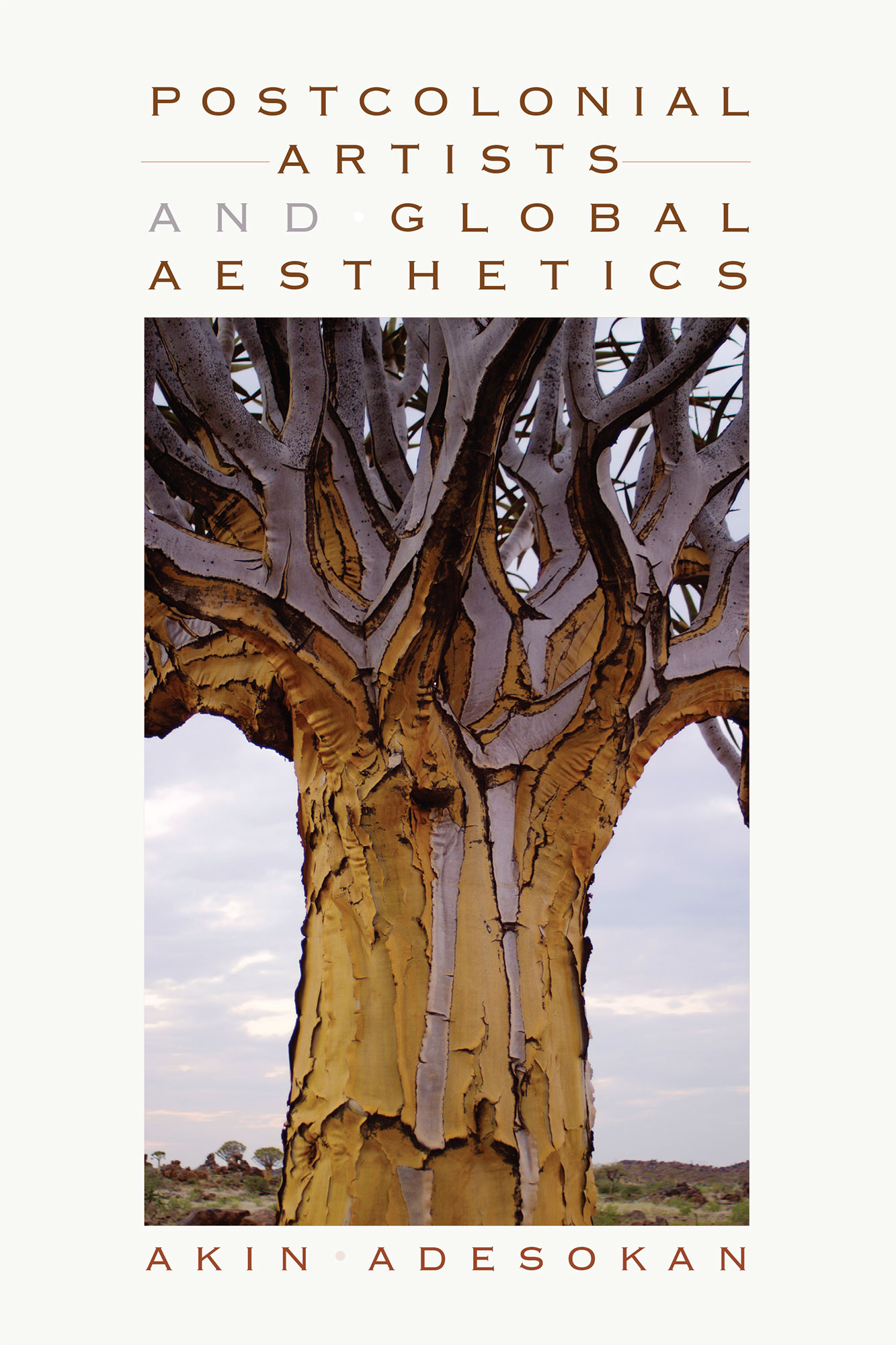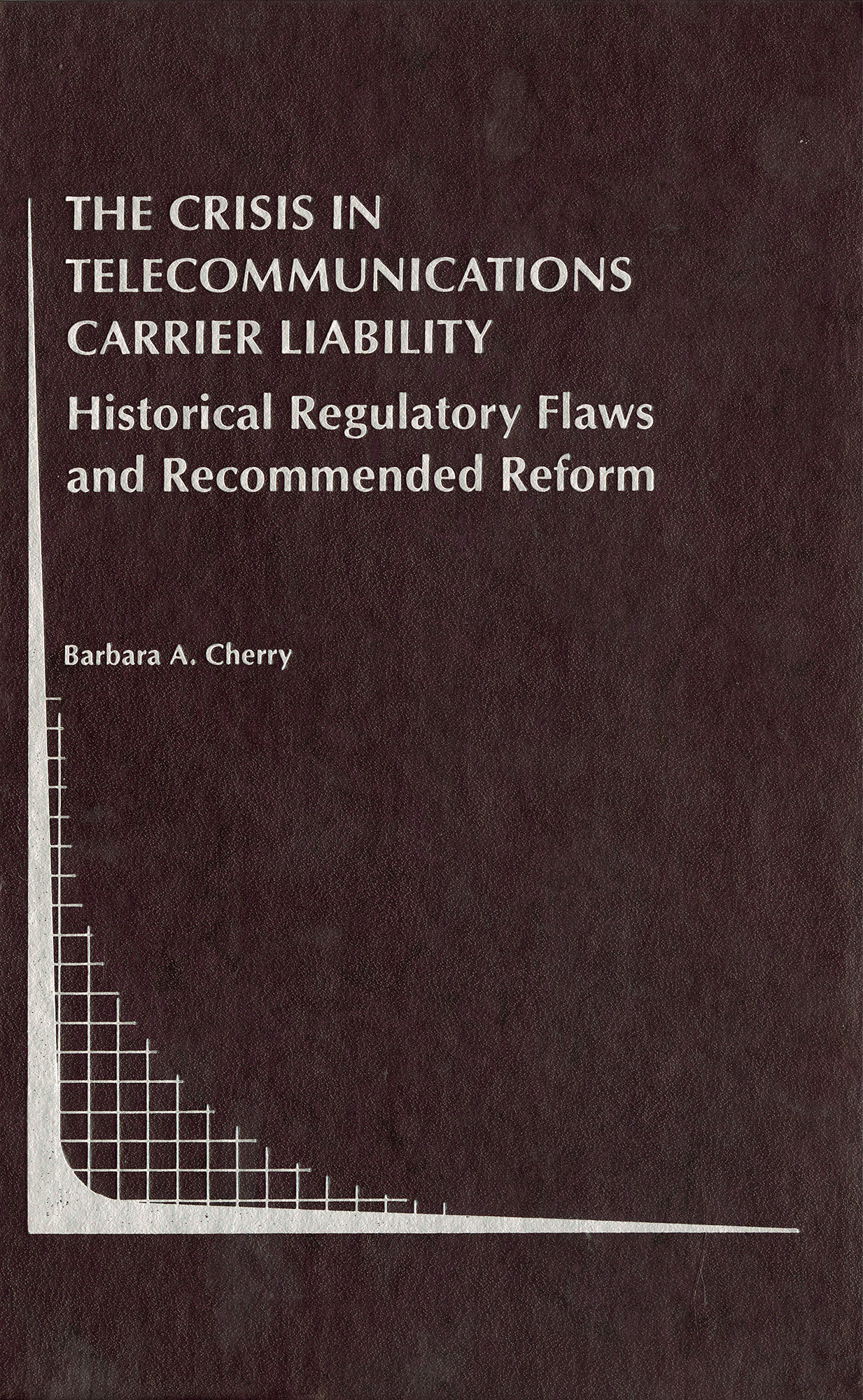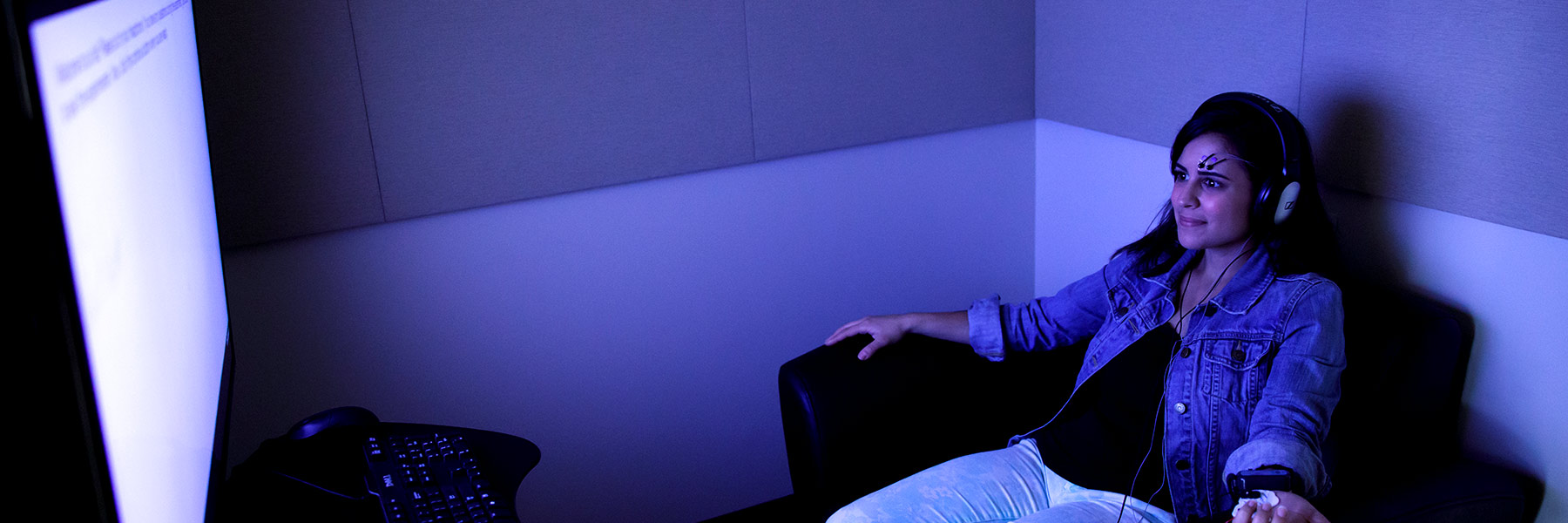Whether our faculty and students are conducting a study, writing a book or producing a film, they’re adding to a rich tradition of groundbreaking research that extends over 100 years.
Putting the focus on media research
Student research opportunities
We foster a collaborative research atmosphere, making it possible for students at every level to get involved.
You might find yourself conducting interviews, observing test subjects, performing content and textual analysis, conducting experiments and surveys, or utilizing legal and historical methods.
Explore research opportunitiesMedia School research podcast
In The Media School's research podcast, “I’m No Expert,” we sit down with Media School faculty to discuss their area of expertise. Not an expert in media research? Good! Neither is our host, undergrad student Avi Forrest. This podcast allows any listener to better understand the media’s impact on the social, physical, and psychological aspects of our lives.
Each episode features a different topic and guest, so follow us on either Spotify or Apple Podcasts to hear new episodes released every month.
Research centers and institutes

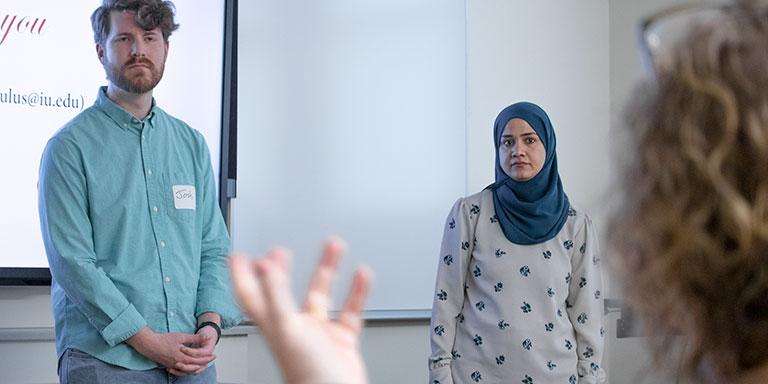
Our school is home to a number of research centers and archival collections that help facilitate cross-discipline endeavors and in-depth exploration.
Explore centers and affiliatesAcademic journals
Featured research news
Faculty bookshelf
